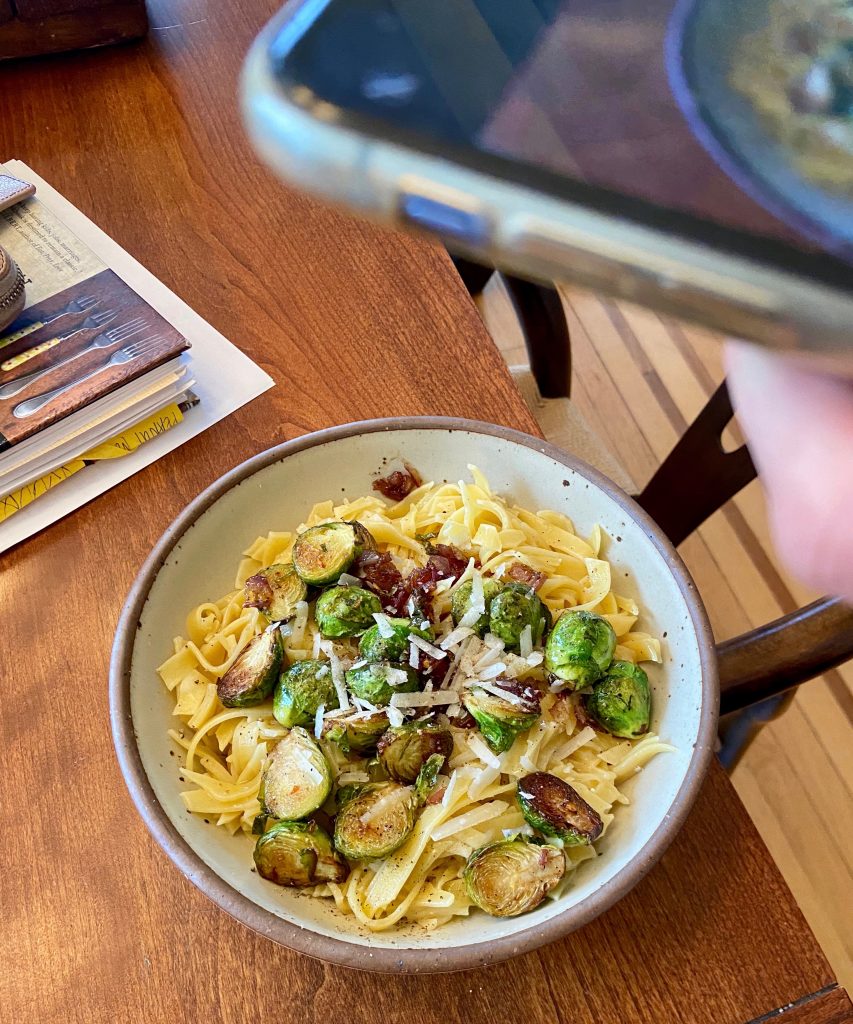
At least one morning during the school week, some time between 11:00 and 11:30, my daughter, Abby, a 12th grader who has spent her final year of high school almost entirely in a remote classroom, comes downstairs in her flannel pajama pants, stretches, looks at whichever parent is first in her line of vision with fluttery eyelids, and says: “Cacio?”
We know now that this is short for “cacio e pepe,” the simplest, purest of Roman pasta dishes (“cheese and pepper”), and when it’s done right, it can be transcendent. Like you just can’t believe such basic ingredients add up to something so perfect. It’s unclear exactly how much Abby has learned in school in the past few months, but I sleep easy knowing she’s at least learned this basic truth in our kitchen.
I realize how absurd it is that we even entertain the request — both of her parents have their heads buried in keyboards or zoom calls, we are still riding the caffeine wave from our morning coffee, and cacio e pepe involves bowls and pots, and actual technique. There’s peanut butter! We tell her. How about that leftover chili!? Just make yourself an avocado toast? You’re out of your mind if you think we are making you cacio e pepe at 11:00 in the morning on a Tuesday. If you want cacio, you can make it.
Of course we know one of us is going to cave. The days are long, online school can be depressing, and I have a long, well-documented history of throwing food at the problem.
And it’s actually ok, because a funny thing has happened as a result of all this cacio-ing. Whenever we are making any kind of pasta (for dinner, too) someone will ask: Can you cacio that? Translation: Can you prepare the pasta like cacio e pepe, then throw in whatever else you were planning on adding? That means you can make cacio e pepe then toss in roasted butternut squash and kale; or some caramelized onions and spinach; or you can do what Abby did for herself for lunch last week: You can pan-fry Brussels sprouts (cut-side down) in olive oil over medium-low heat with some chopped onions, salt and pepper, red pepper flakes, then after they’re brown crispy on the bottom, drizzle in a little honey and add to your peppery pasta. (Of course, if you do any of this, it’s important to know that you can no longer call the final product cacio e pepe.) She was so proud of it, she took pictures, which I consider a personal triumph.
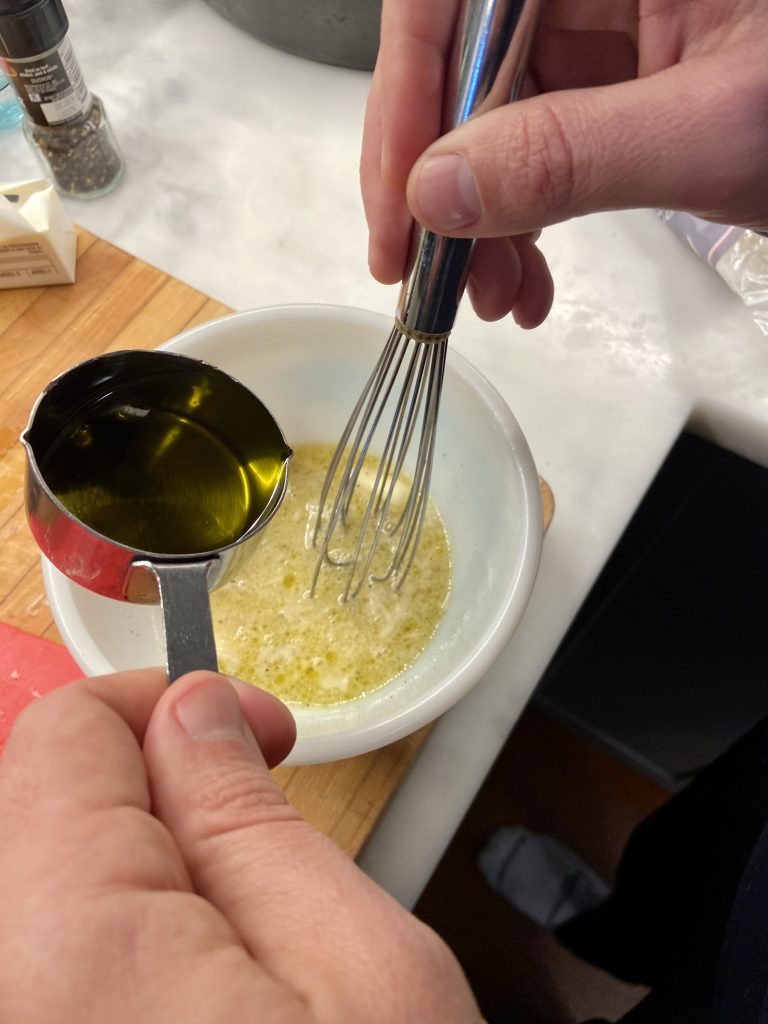
Andy and I have competing techniques for cacio e pepe — he makes the cheese and pepper sauce in a separate bowl (above) whisking in hot pasta water to emulsify, while I do everything right in the pot after draining the pasta. Abby claims my technique is too improvisational and unpredictable, so I’m swallowing my pride and giving you Andy’s instructions.
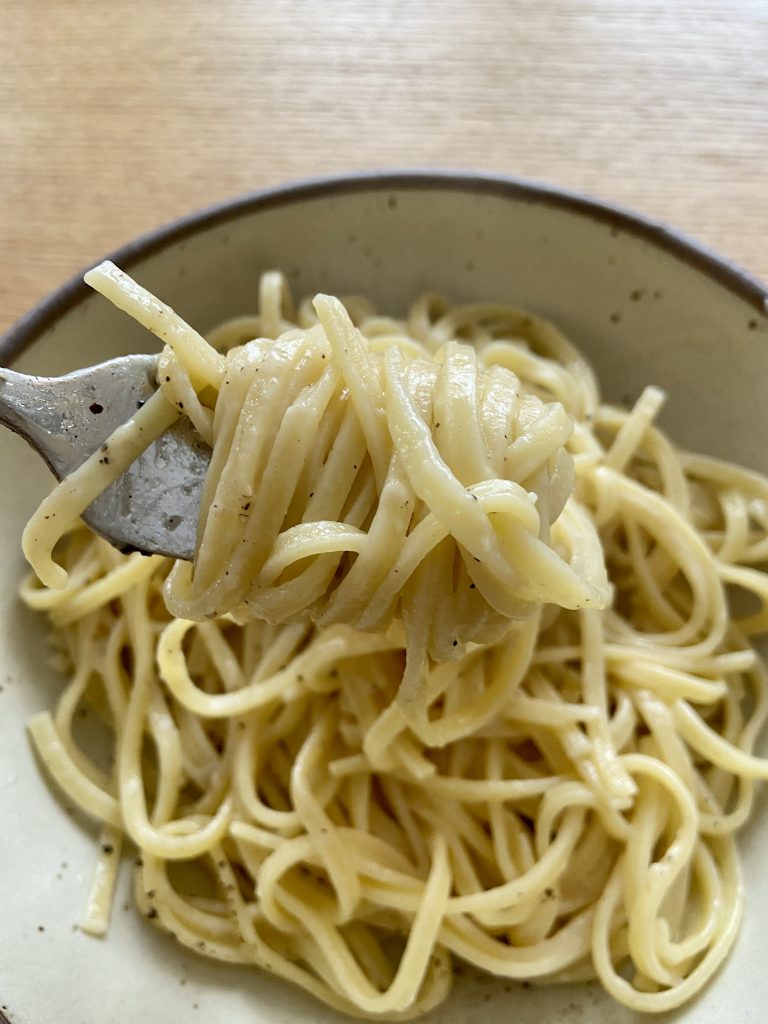
Either way: You want it to look like this. See how the pasta is coated and shiny, but not gloppy?
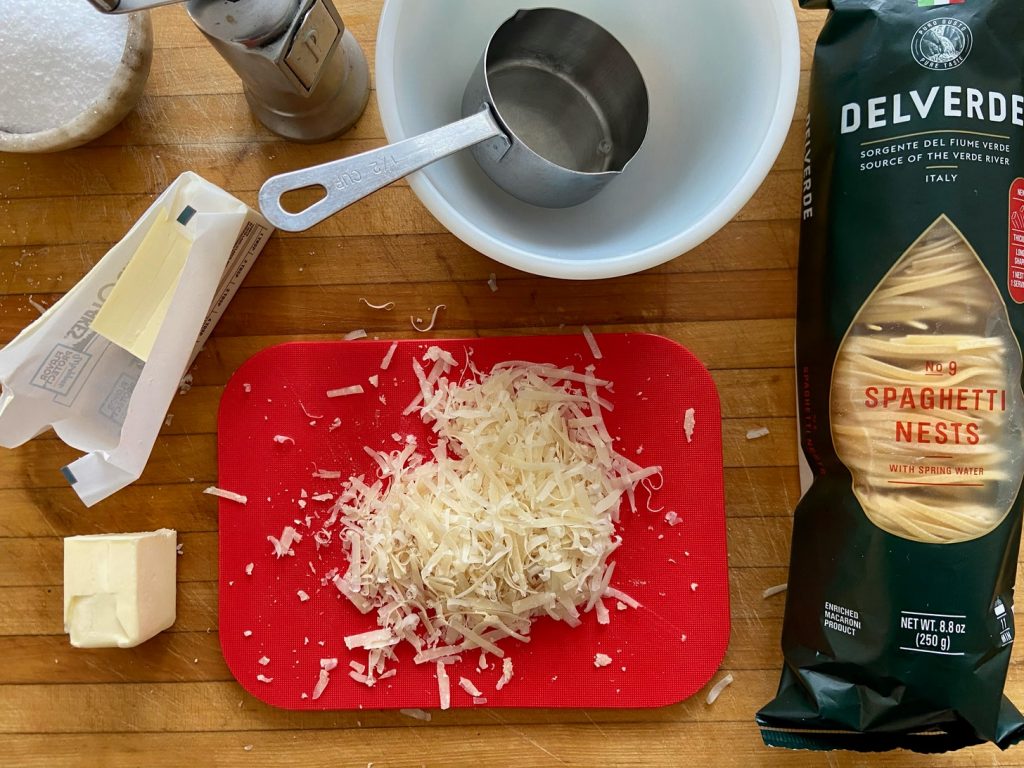
Cacio e Pepe
Serves 4
1 pound spaghetti or bucatini (preferably the nested kinds; I love Delverde brand, shown, but be warned: they come in 8.8 ounce packages, not the usual 16 ounces)
3/4 cup freshly grated Pecorino or Parmesan
a ton of freshly ground pepper (I counted 55 grinds last time Andy made it and that didn’t include the extra grinds when serving)
1 teaspoon kosher salt
3 tablespoons unsalted butter
Up to 1/2 cup pasta water
3 tablespoons olive oil, plus more for drizzling
Bring a large pot of well-salted water to rolling boil and cook pasta according to package directions. I can’t emphasize enough how crucial this next step is: BEFORE YOU STRAIN THE PASTA, RESERVE 1/2 CUP HOT PASTA WATER.
Once your pasta is cooked and strained, return it to the pot with a little drizzle of olive oil to prevent sticking. The heat should not be on.
While the pasta cooks, prepare the sauce ingredients. To a small bowl or Pyrex measuring cup, add the cheese, pepper, salt, and butter. Gently drizzle your reserved pasta water into the bowl — start with about 1/4 cup, enough to melt the butter and get the cheese a little creamy, but you’ll probably have to add a little more. You just don’t want the concoction to be watery. Let it sit for a minute to allow everything to melt. Slowly whisk in your olive oil as shown above until the sauce is emulsified.
Add the sauce to the pot and toss with the pasta until everything is well distributed. If it’s at all gloppy, drizzle in a tiny bit more of pasta water.
Serve in bowls with more pepper or topped with Abby’s Brussels sprouts or roasted vegetable of your choice.
P.S. Speaking of cacio e pepe, my friend Elizabeth Minchilli, a veteran food and travel writer based in Rome (who also organizes amazing food tours there), is planning a pasta primer on her newsletter this week. Subscribe if you don’t want to miss it.

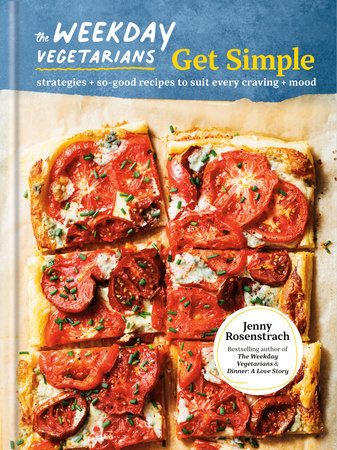
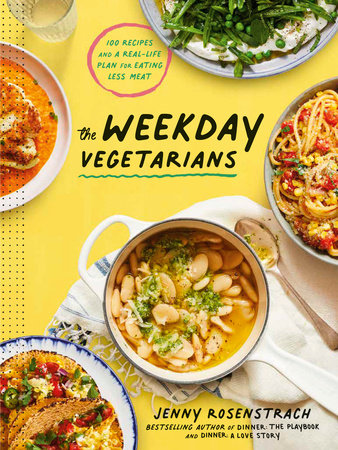
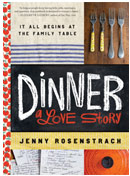
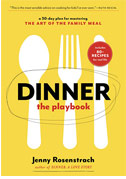


Leave a Reply